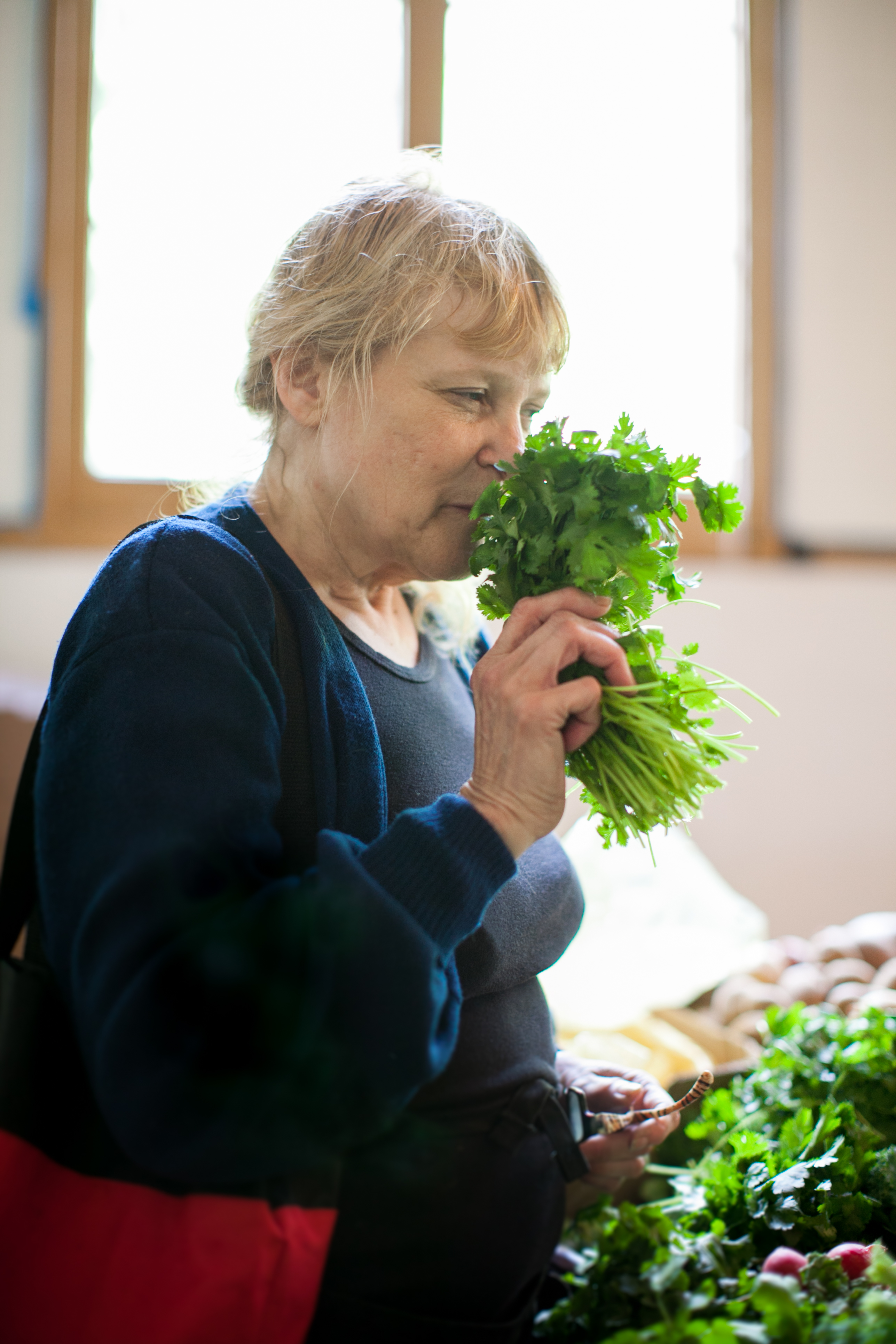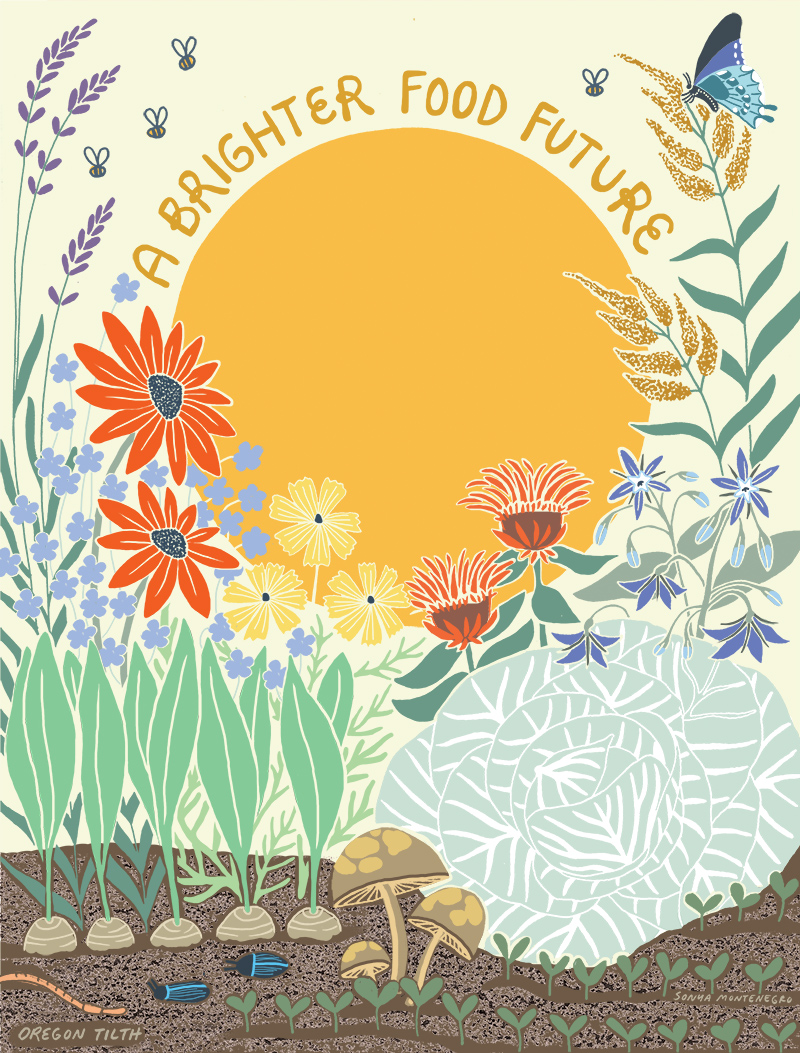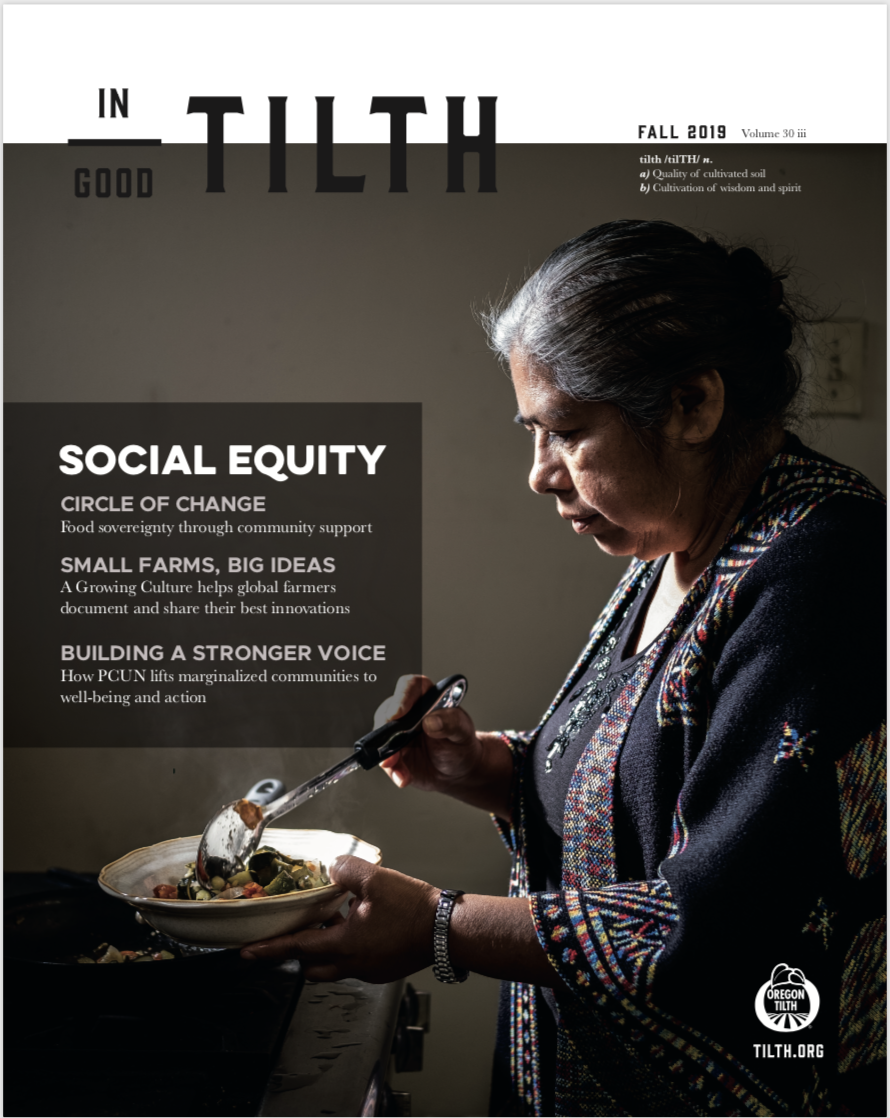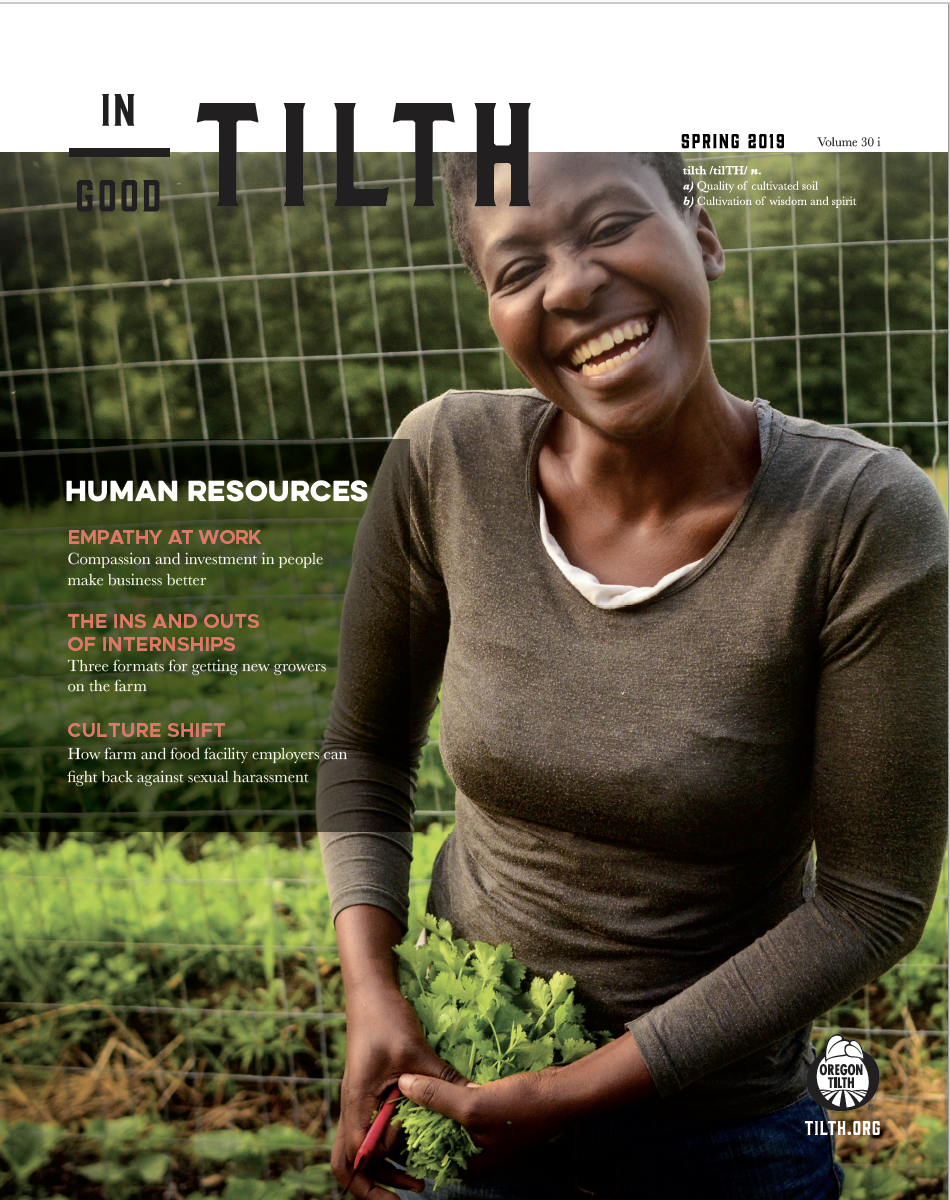At first glance, stocking a food bank appears straightforward, though not easy. Use food and money donations to assist hungry people.
But in a radical shift, the Oregon Food Bank (OFB) is upending ideas of how hunger-focused services work. In a new 10-year strategic vision, the organization will take on hunger as “a community-wide symptom of exclusion.” With Oregon’s food insecure population of more than half a million, OFB thinks the way forward is to invite people in, preserve their dignity and increase their choices.
Katie Pearmine, OFB’s sourcing manager, is moving this work forward by making fresh produce the centerpiece of the organization’s programs. Produce is the most culturally versatile food option for the diverse population OFB serves.
“It’s amazing to see the impact of all of the decision points,” said Pearmine. “We’re making food sourcing choices so people of any background or culture or generation can access 15 million pounds of fresh produce each year.”

Feeding the Northwest, a food sourcing partnership with Washington and Idaho, guarantees OFB can stock five to eight produce items every week, year-round. Pearmine acknowledges the region’s benefit of growing several storage crops — onions, apples, etc. — to make this happen. A stable supply ensures that 30 percent of the food in all of OFB’s programs is fresh produce. “Within our foodshed, produce is just the absolute best use of our resources,” she said.
Pearmine doesn’t deny that the food bank system still depends on free donations of excess food. But that doesn’t mean the organization should not see itself as much a public health entity as a social service organization.
“We’ve shifted from a mindset of ‘move whatever food is available to you’ to working through a health policy,” she said. She explains that if offered a truckload of canned tomatoes versus spaghetti sauce, tomatoes are the best choice because they’re a flexible ingredient.

OFB’s commitment to accessibility and health is not without question. Who, after all, is to say what people should or should not eat?
“We have to make choices about how we spend our resources and mobilize our capacity,” said Pearmine. “We’re food banking 2.0 in this new vision where perishable food and produce lead the way, and it’s actually what’s missing in most of the communities seeking assistance.”
For Pearmine and OFB, sourcing food strategically is not about gaming a hunger assistance system that depends on excess. It’s about putting the people they serve at the center of every choice they’re making.
“Our communities are having such a hard time because all of our systems are supporting food access, not community access,” said Pearmine. “So long as there is a hunger need, the focus must be on a holistic view of accessibility.”



















